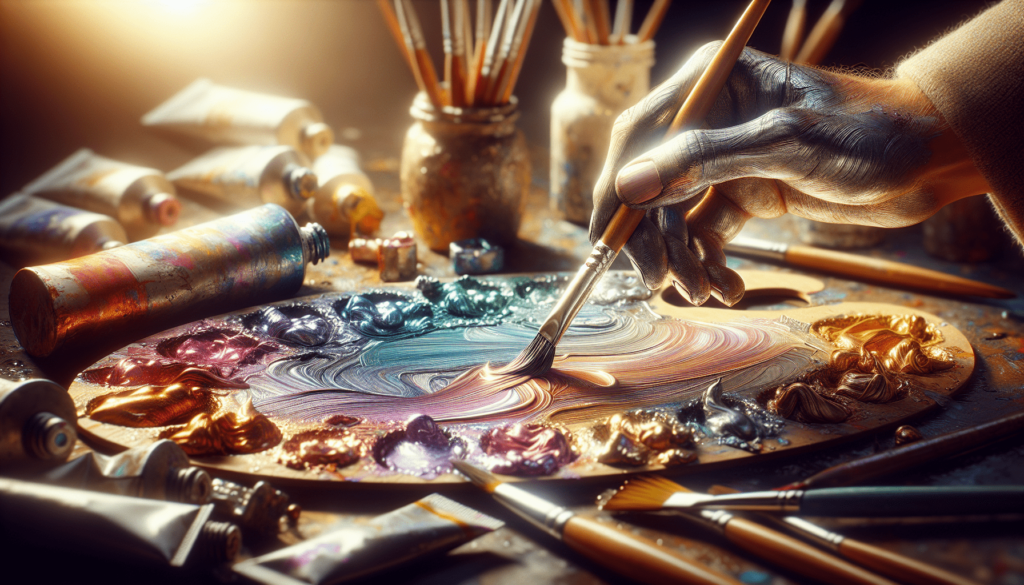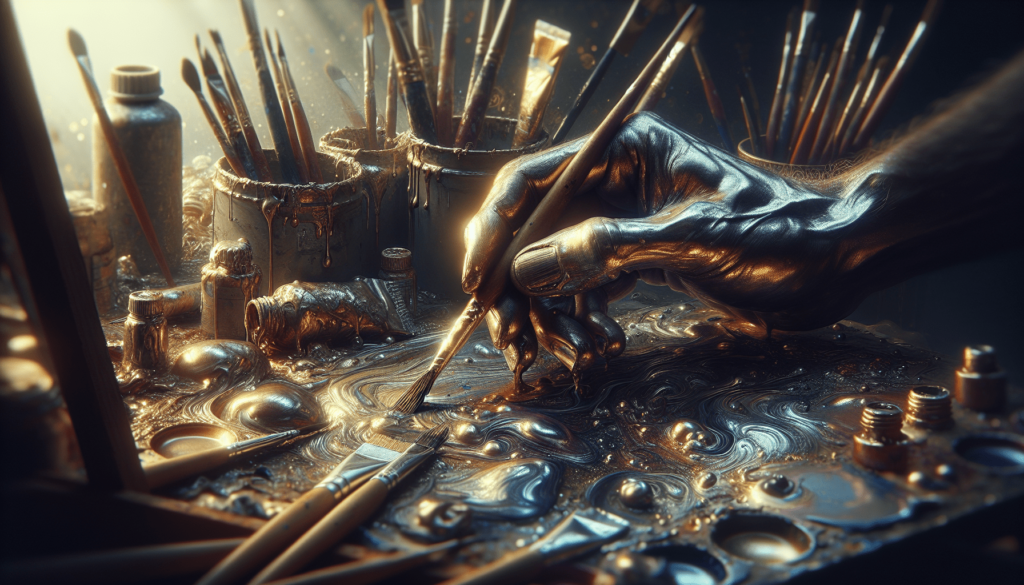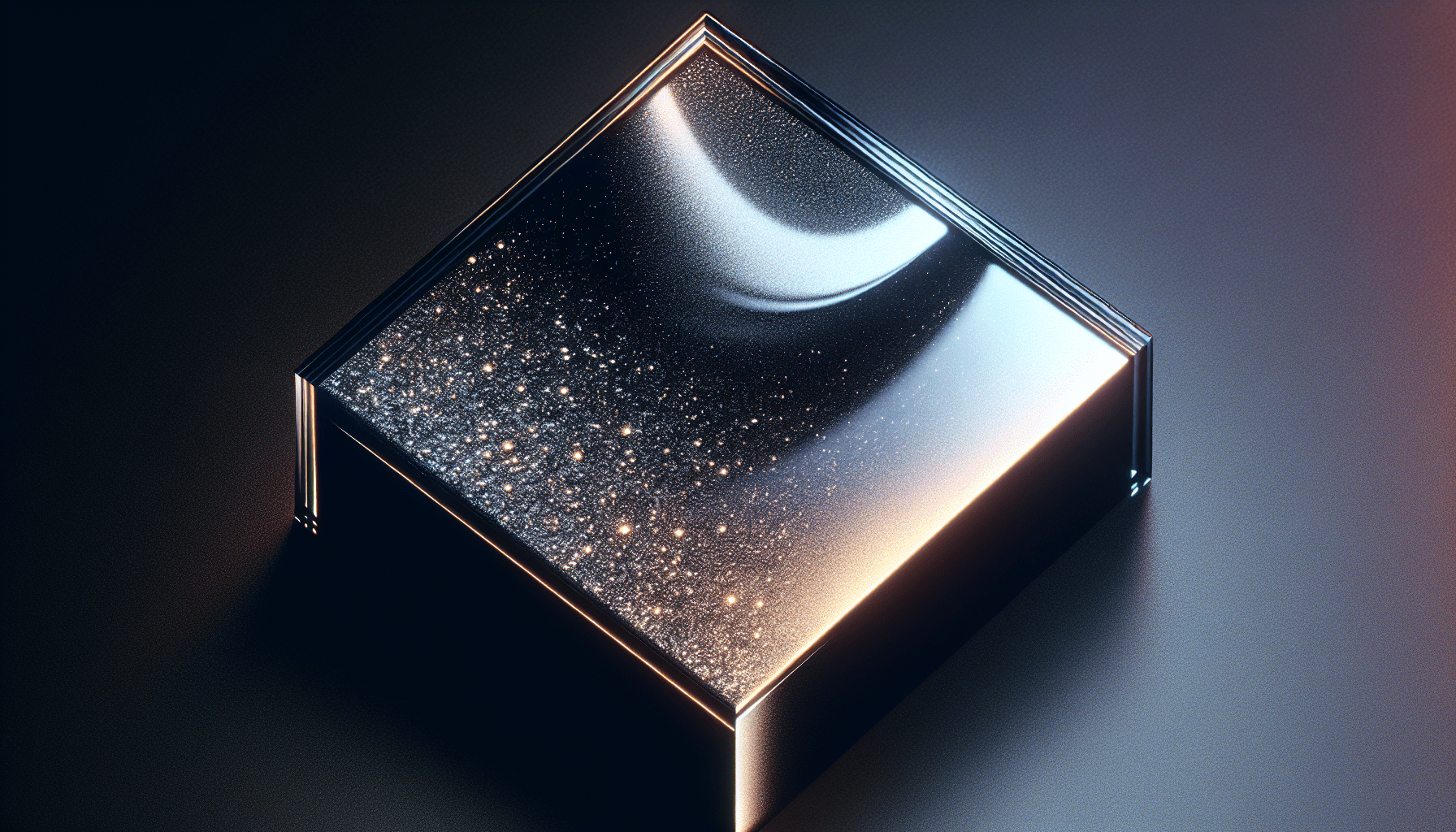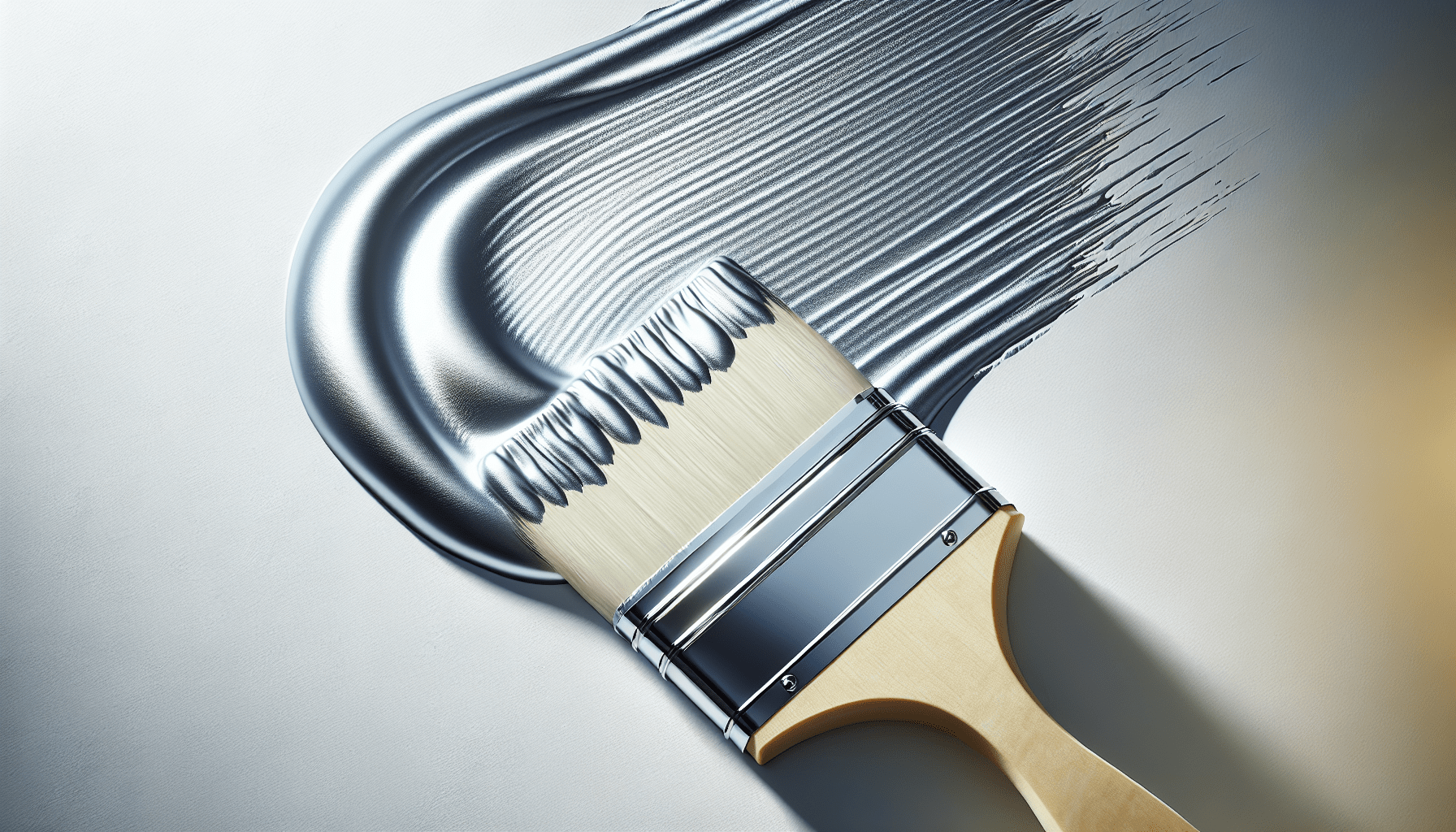Can you use metallic paints on a wet palette? This is a question many miniature painters and artists often ask as they explore ways to keep their paint fresh and workable for longer periods. Understanding the benefits and limitations of using metallic paints on a wet palette can significantly enhance your painting experience and result in more consistent and vibrant finishes.
Understanding Wet Palettes
A wet palette is an essential tool for many artists, especially those who work with acrylic paints. It keeps your paints moist and workable for extended periods, helping to prevent them from drying out too quickly. This can be particularly beneficial when working on detailed miniatures or large-scale paintings.
Structure of a Wet Palette
A typical wet palette consists of:
- A shallow tray or container
- A piece of porous paper (palette paper)
- A sponge or absorbent pad
- Water
The sponge is soaked with water, and the porous paper is placed on top of the sponge. The moisture from the sponge permeates the paper, keeping the paint on top wet and workable for longer durations.
Benefits of Using a Wet Palette
The primary advantages of a wet palette include:
- Extended Work Time: Paint stays moist and workable for several hours or even days.
- Consistency: Helps maintain the right consistency of paint for smoother application.
- Economy: Reduces the amount of paint wastage by keeping it usable for longer.
Metallic Paints: Characteristics and Challenges
Metallic paints are a specialized type of paint containing fine metal flakes or pigments that offer a shiny, reflective finish. Commonly used in miniature painting, these paints can give a realistic metallic effect, mimicking the appearance of metals like gold, silver, or bronze.
Composition of Metallic Paints
Metallic paints are composed of:
- Binder: Holds the pigment particles together and helps them adhere to the surface.
- Solvent: Helps in the application and drying process.
- Metallic Pigments: Fine metal flakes or synthetic pigments that provide the metallic sheen.
Unique Challenges with Metallic Paints
Metallic paints pose several unique challenges:
- Settling of Pigments: Metal flakes can settle to the bottom of the paint container, requiring constant stirring or shaking.
- Drying Properties: They can dry out faster than standard acrylics, especially when exposed to air or heat.
- Application Issues: Achieving a smooth, even coverage can be more challenging due to the nature of metal flakes.

Using Metallic Paints on a Wet Palette
Given the benefits of a wet palette and the unique properties of metallic paints, the question arises: can these two be combined effectively? Understanding how metallic paints behave on a wet palette and the adjustments needed to optimize their use can help you make an informed decision.
Compatibility Considerations
Before using metallic paints on a wet palette, it’s important to consider the following:
- Pigment Suspension: The metal flakes in metallic paints must stay suspended in the binder. The water in a wet palette can potentially affect this suspension, causing the pigments to separate.
- Moisture Control: Too much moisture can dilute metallic paints excessively, diminishing their reflective qualities.
- Mold Growth: Prolonged exposure to moisture can encourage mold growth, especially if the palette is not cleaned and maintained properly.
Adjusting Techniques
To effectively use metallic paints on a wet palette, consider these techniques:
Proper Mixing
Ensuring that the pigments remain well-mixed is key. Use a thin stirring stick or an agitator to keep the metallic pigments evenly distributed in the paint.
Controlled Moisture
Regulate the amount of water in the sponge to prevent over-dilution. You may also want to use less water than you would with standard acrylics to maintain the integrity of the paint.
Layering
When applying metallic paints from a wet palette, use multiple thin layers rather than a single thick coat. This can help in maintaining the metallic sheen and avoiding clumpiness.
Cleaning and Maintenance
Regularly clean your wet palette to prevent mold and other contaminants from affecting the quality of your metallic paints.
Practical Tips and Best Practices
To maximize the benefits of using metallic paints on a wet palette, consider the following best practices:
Tip #1: Use Fresh Water
Ensure that the water in the sponge is fresh and clean. Change it regularly to prevent contamination and mold growth.
Tip #2: Monitor Paint Quality
Keep an eye on the quality and consistency of your metallic paints. If you notice any separation or degradation, mix thoroughly before use.
Tip #3: Temperature Control
Store your wet palette in a cool, dry place to prevent premature drying and mold growth. Extreme temperatures can affect the performance of both the palette and the paint.
Tip #4: Use High-Quality Metallic Paints
Invest in high-quality metallic paints that are formulated to retain their properties over time. This can reduce the likelihood of pigment separation and other issues.
Tip #5: Seal Your Work
After applying metallic paints, consider using a clear sealant to protect the finish and enhance the metallic sheen. This can also shield the paint from environmental factors that may cause degradation over time.

Comparing Wet Palette Use: Standard Acrylics vs. Metallic Paints
To better understand the nuances of using metallic paints on a wet palette, a comparison with standard acrylics can be helpful.
| Feature | Standard Acrylics | Metallic Paints |
|---|---|---|
| Pigment Composition | Uniform pigment | Metallic flakes or synthetic pigments |
| Drying Time | Moderate | Faster, requiring constant attention |
| Mixing Requirements | Minimal mixing needed | Frequent mixing to keep pigments suspended |
| Consistency on Wet Palette | Generally stable | Prone to separation |
| Moisture Sensitivity | Moderate | High; excessive moisture can affect quality |
| Best Practices | Straightforward | Requires careful handling and frequent checks |
Case Studies: Successes and Challenges
Examining specific cases can provide deeper insights into the practicalities of using metallic paints on a wet palette.
Case Study 1: Extended Work Sessions
An artist working on a detailed miniature might find the extended working time provided by a wet palette invaluable. However, they may need to frequently stir the metallic paints to prevent pigment settling. In this scenario, the benefits outweigh the drawbacks, as long as the artist is diligent about mixing.
Case Study 2: Large-Scale Projects
For a large-scale project, a wet palette can be a lifesaver by keeping paint fresh and reducing waste. However, the artist might encounter issues with moisture control, leading to diluted metallic paints. Adjustments to the water level in the palette and employing techniques like layering can help mitigate these challenges.
Case Study 3: High Humidity Environments
Artists working in high humidity environments might face additional challenges with mold growth and paint consistency. Regular cleaning of the wet palette and the use of mold inhibitors can address these issues, ensuring that the metallic paints remain usable.
Future Innovations and Trends
As the art industry continues to evolve, innovations in both wet palettes and metallic paints are likely to emerge.
Advanced Wet Palette Designs
New designs that offer better moisture control and mold prevention could make using metallic paints on a wet palette easier and more effective.
Improved Paint Formulations
Manufacturers are continually improving the formulations of metallic paints to enhance their performance and stability. These advances could make metallic paints more compatible with wet palettes.
Integration of Anti-Mold Agents
Incorporating anti-mold agents into wet palettes and paints could reduce the risk of contamination, helping to maintain paint quality over longer periods.
Digital Tools and Apps
Emerging technologies, including digital tools and apps, could assist artists in managing their wet palettes more effectively. These tools might offer monitoring capabilities for moisture levels and paint quality, providing alerts when adjustments are needed.
Education and Training
As more artists adopt the use of wet palettes, educational resources and training programs focusing on best practices for handling metallic paints are likely to become more prevalent.
Conclusion
Using metallic paints on a wet palette is entirely possible, but it requires attention to detail and an understanding of the unique challenges involved. By mastering proper techniques and best practices, you can fully leverage the benefits of a wet palette while maintaining the vibrant, reflective qualities of your metallic paints. Whether you’re working on intricate miniatures, large-scale projects, or anything in between, the combination of a wet palette and metallic paints can enhance your creative process and elevate the quality of your art.



